Ranchers are sometimes given a share of the blame. But now government agencies and a major environmental organization are betting big money that ranching can be part of the solution.
John Hollenhorst
GROUSE CREEK, Box Elder County — In one of the most remote corners of Utah, where a spectacular bird called the greater sage grouse is hanging on in spite of a long-term trend of declining populations, cattleman Jay Tanner has a favorite slogan.
From the saddle of his horse, surrounded by cows, Tanner said, “What’s good for the bird is good for the herd.”
That slogan is at the heart of a $1.5 million deal aimed at helping the sage grouse — as well as cattle ranching — survive far into the future.
“It helps us to get out of debt,” Tanner said. “It gives us the opportunity to expand the ranch. We may have the opportunity to buy other properties.”
Proponents of the deal, though, are emphasizing its value to the future of the troubled sage grouse. The bird, known for its colorful mating rituals, has suffered drastic population declines since pioneers settled the West.
Ranchers are sometimes given a share of the blame. But now government agencies and a major environmental organization are betting big money that ranching can be part of the solution.
Some sage grouse advocates are less enthusiastic.
Michael Saul, senior attorney with the Center for Biological Diversity, an Arizona-based nonprofit group that seeks to protect endangered species, said it’s “naive” to think that small-scale voluntary efforts on private land are sufficient to save the species.
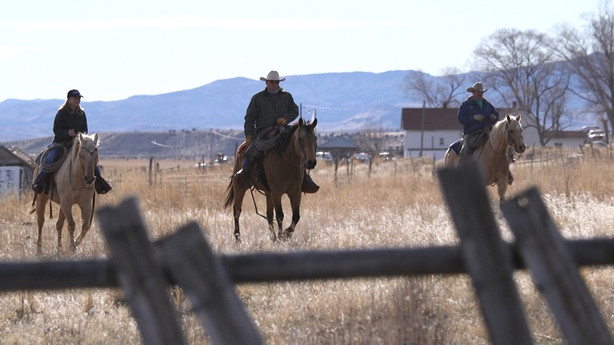
When cows are on the move in the deserts north and west of the Great Salt Lake, Tanner is often in the middle of it, doing a job he loves.
“What could be better than following cows around on horseback?” he said as he and some fellow cowboys saddled up and moved a few hundred cows.
Tanner’s family has been riding herd in this corner of northwestern Utah for nearly 150 years.
“I’m grateful for the heritage we enjoy as a family,” he said.
Part of that heritage is the greater sage grouse. It’s a species loved by many — and worried over — because its future is shaky. Grouse numbers dropped drastically in the 1900s, although federal officials say the trend nearly leveled off in the past 20 years.
Many environmentalists are angry the bird has not been placed on the federal endangered species list. They accuse the federal government of stifling science and selling out to ranchers and other business interests.
But proponents of the deal with the ranchers say two northern Utah ranching counties, Box Elder and Rich, are strongholds for the sage grouse. The environmental preservation group the Nature Conservancy joined with two government agencies in striking a deal with ranchers.
“I think the Tanner family are very conservation-minded,” said Elaine York, with the Nature Conservancy. “They’ve done a lot for wildlife.”
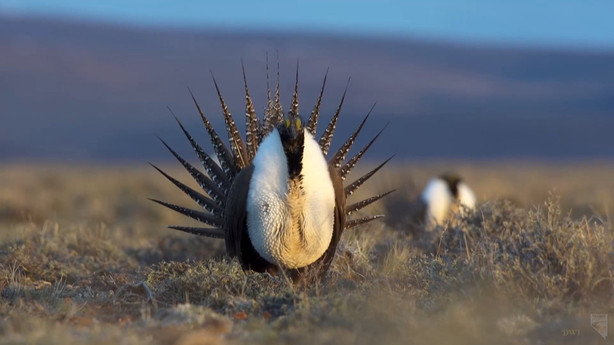
[paypal_donation_button]
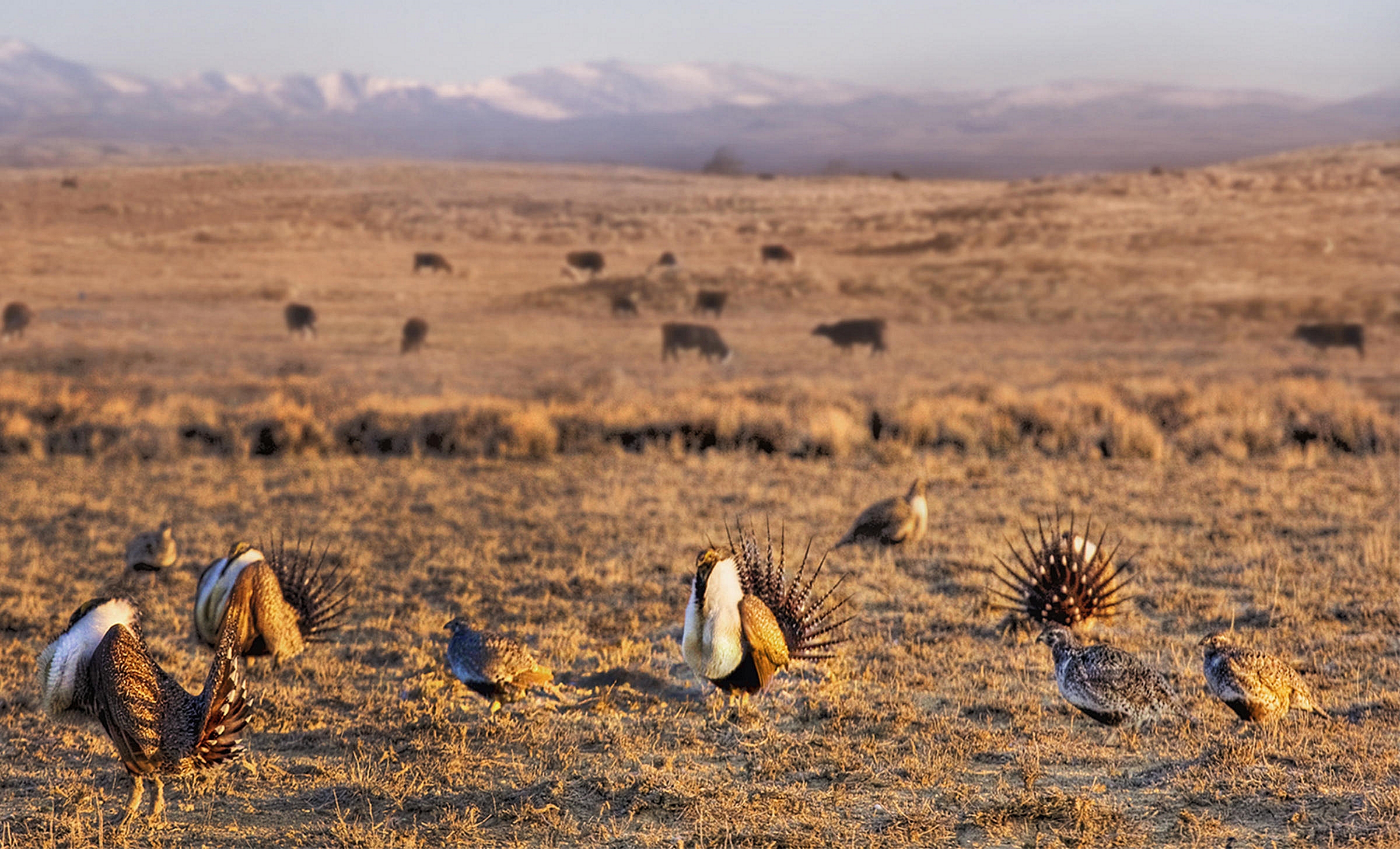
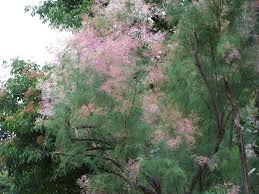
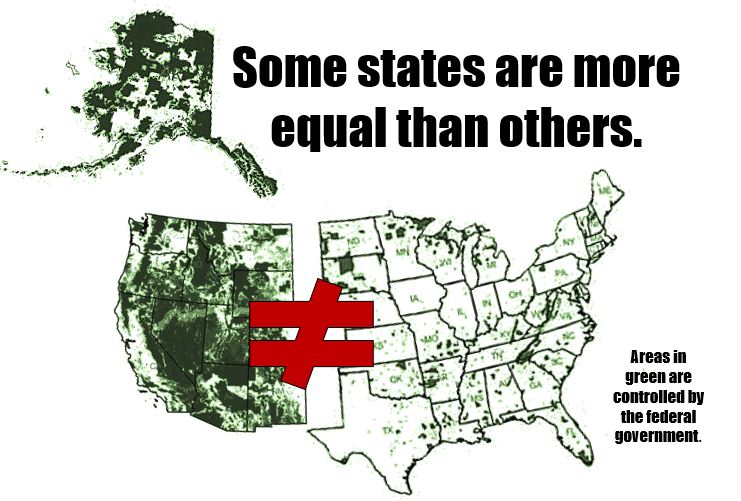
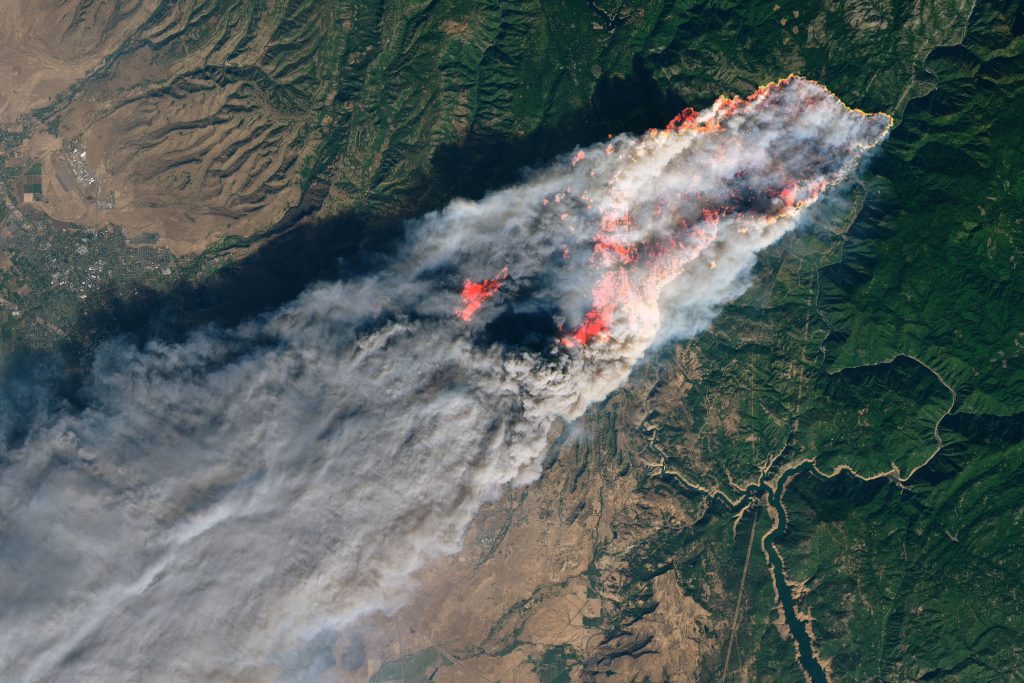
Beware of the Nature Conservancy. They have the same agenda as other environmental groups, they just sneak up behind you. We can protect species without putting restrictions on you land. http://www.rightwaytobegreen.com
I believe you are exactly right.